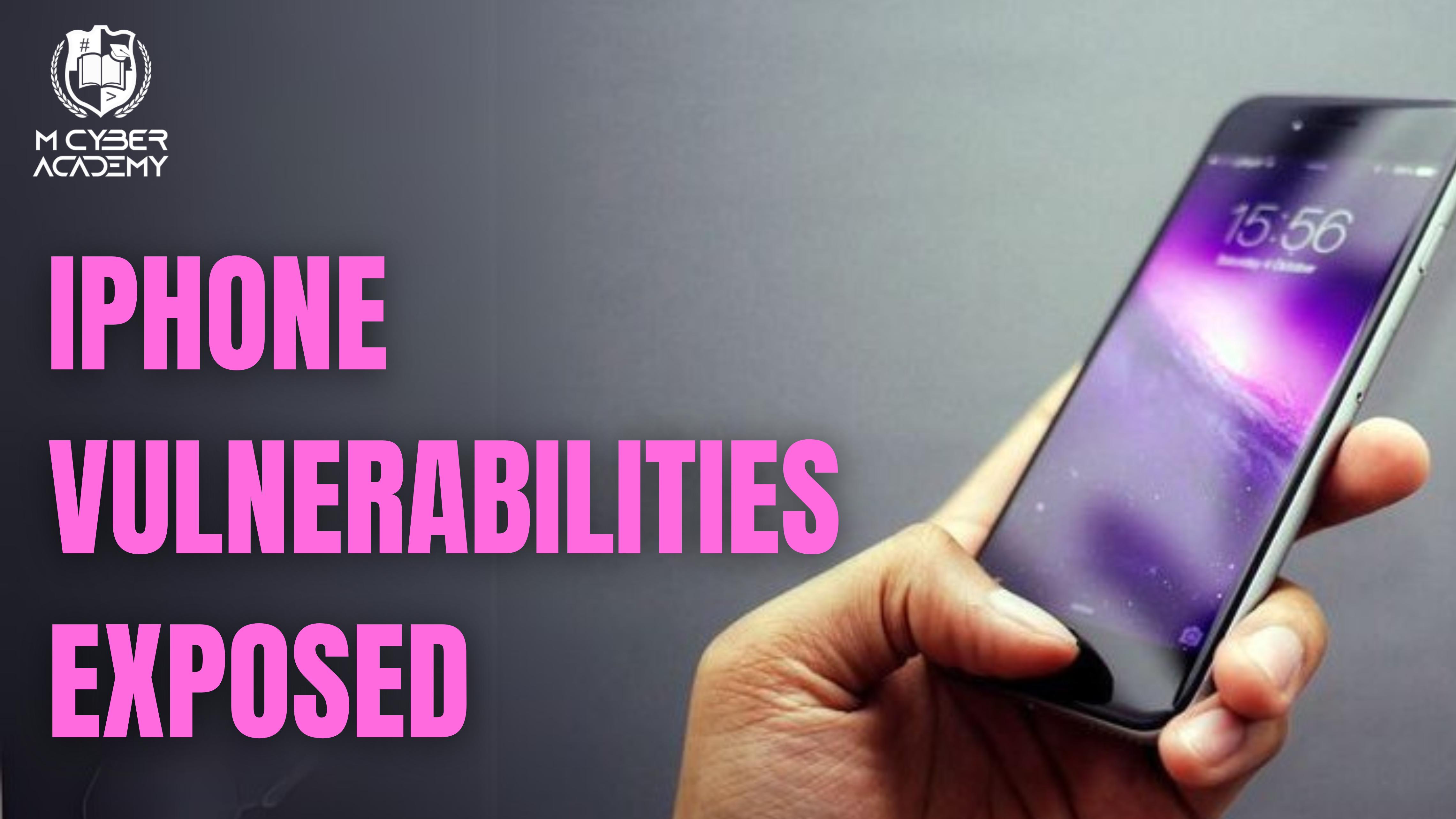
How to Protect Your Device from Emerging Risks
"In an era where smartphones are central to our lives, understanding iPhone vulnerabilities is essential for protecting personal information. Despite Apple’s iPhone being known for its advanced security features, no device is immune to risks. This blog explores common iPhone vulnerabilities and offers practical tips to enhance your device’s security."
How to Protect Your Device from Emerging Risks

In an era where smartphones are central to our lives, understanding iPhone vulnerabilities is essential for protecting personal information. Despite Apple’s iPhone being known for its advanced security features, no device is immune to risks. This blog explores common iPhone vulnerabilities and offers practical tips to enhance your device’s security.
Common iPhone Vulnerabilities
-
Software Bugs and Flaws: Even with rigorous testing, software bugs can occasionally slip through. These flaws can be exploited to gain unauthorized access or run malicious code. Keeping your iPhone’s software updated is crucial, as updates often include patches for known vulnerabilities.
-
Outdated Software: Running an outdated iOS version leaves your device vulnerable to security threats. Apple regularly releases updates to address security flaws, so ensure you’re installing these updates promptly.
-
Jailbreaking Risks: Jailbreaking removes Apple’s built-in security protections, making your iPhone more vulnerable to malware and attacks. While it offers customization options, it increases susceptibility to malicious code.
Recent High-Profile Security Incidents

-
NSO Group and Pegasus Spyware: [Pegasus spyware], developed by NSO Group, exploited iOS zero-day vulnerabilities, allowing attackers to access personal data without user interaction. This incident highlights the importance of quickly updating security patches.
-
iMessage Exploits: Vulnerabilities in iMessage have been used to execute arbitrary code. Regularly updating your apps, including iMessage, helps prevent such attacks by ensuring you have the latest security fixes.
Best Practices for Enhancing iPhone Security
-
Keep iOS Updated: Go to Settings > General > Software Update to ensure your iPhone is always running the latest version.
-
Enable Two-Factor Authentication (2FA): Add an extra layer of security by enabling 2FA under Settings > [your name] > Password & Security > Two-Factor Authentication.
-
Use Strong, Unique Passwords: Create strong, unique passwords for your Apple ID and other accounts. A password manager can help you generate and store complex passwords securely.
-
Be Wary of Phishing Attacks: Always be cautious of unsolicited messages and emails that ask for sensitive information or direct you to suspicious links.
-
Install Apps from Trusted Sources: Only download apps from the Apple App Store to ensure you don’t install malicious software, especially important for those with jailbroken devices.
Conclusion
While iPhone vulnerabilities pose risks, staying vigilant and following good security practices significantly reduces exposure to threats. Regular updates, enabling two-factor authentication, and being cautious with apps and phishing attempts are key steps in securing your device.